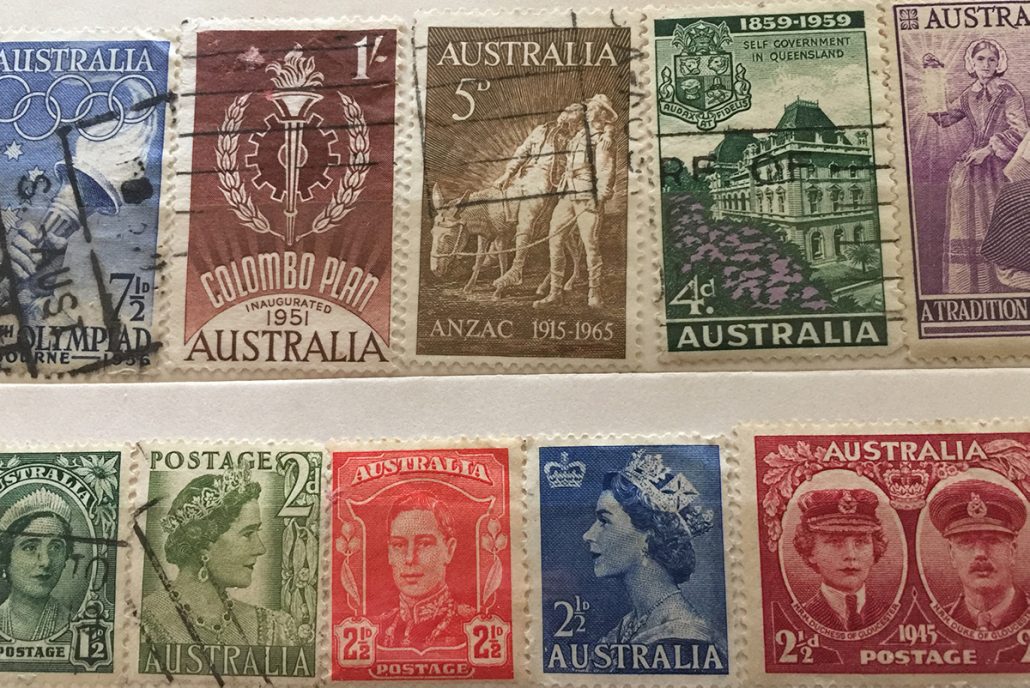Stamps for Mission (SFM) was started in 1938 by Ern Unger from Parkes in NSW. He was in charge of this project, supported by Lutheran groups, until he passed the baton to Peter Nitschke in early 2003. It is now a project of the Lutheran Church of Australia (LCA) in general, currently supported by “the youth” who are now mostly in their 70s, 80s, and even 90s.
Over the years, more than $447,000 has been raised (early amounts not indexed to present day values) by this venture. This has supported projects in Australia, Papua New Guinea, and many of the Asian countries. For the last fifteen or more years over $13,000 has been raised annually. This is the result of efforts of many people, including collectors, sorters, counters, bundlers, and sellers.
The year just passed has been a very interesting one. Due to COVID-19 lockdowns, it would appear as if many people have been cleaning out cupboards and finding boxes, or bags, or collections of stamps. These have been passed on, with the result that, to the middle of November, over $15,300 has been deposited in the SFM account.
An increasing number of stamps has been issued year by year. For example, from 1913 to 1950 only 274 stamps were issued. Then 1970 saw 31 stamps issued, 1980 saw 38 stamps issued, 1990 saw 53 stamps issued, 2000 saw 111 stamps issued (Sydney Olympics), 2010 saw 104 stamps issued, and so on it goes!!!
Old stamps are still quite profitable, especially the higher value ones. Those with face value above the cost of posting a letter, at that time, often bring some dollars per bundle. For example, the $2.45 coin stamp raises $40 per bundle.

More recent stamps are still very saleable. However, the “peel and stick”, or self-adhesive stamps, are becoming more and more difficult to clean. Some say that they are almost impossible to clean effectively due to the corner “vs” and the side slits. Please encourage the purchase of sheet stamps which are easy to clean. These can be commemorative stamps from Australia or Australian Territories such as: Antarctic Territory, Christmas Island, Cocos and Keeling Islands, or Norfolk Island. Remember: ask at the Post Office for sheet stamps.
Furthermore, while there is less and less personal mail received with a stamp on the envelope, those interested in supporting SFM are encouraged to ask businesses and other organisations, especially those you support or are a part of, to put aside used envelopes so that you can use the stamps for SFM projects. (I am happy to provide numbers of the annual project leaflet to anyone using them as promotion – just ask me).
Stamps for Missions will last as long as stamps are printed, and people are interested in continuing this work. Be encouraged by knowing that $1,000 raised in Australia can provide benefits in the order of $8,000 to $10,000 in some of the Asian countries.
In Summary:
- keep collecting stamps – personal and from local organisations;
- buy (if not concession stamps) commemorative sheet stamps from Australia or Australian Territories;
- any philatelic products are saleable: mint or used stamps, overseas stamps, first day covers, and postmarks.

